Pentagon won’t accept any new F-35s until jet’s technology issue is fixed
- By Stavros Atlamazoglou
Share This Article
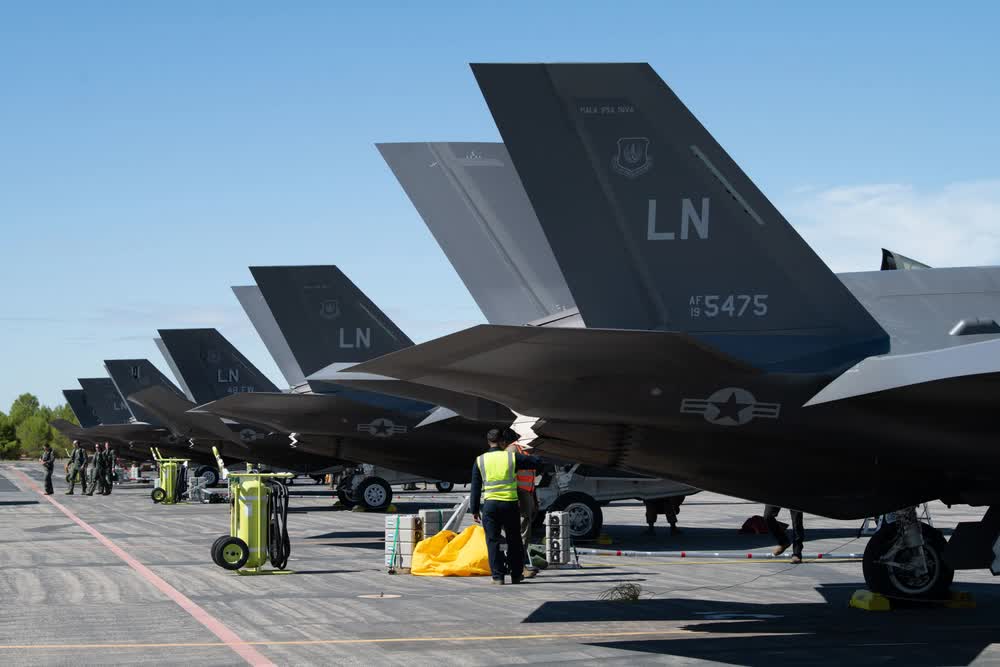
The F-35 Lightning II stealth aircraft is the most advanced fighter jet in the skies today. However, the F-35 program is facing serious trouble with a technology update that potentially threatens the delivery of thousands of aircraft in tens of countries around the world.
A new report by the Government Accountability Office (GAO) suggests that F-35 deliveries won’t restart until next year, thus undermining U.S. national security.
For the past several months, Lockheed Martin has halted deliveries of the F-35, as more than 80 aircraft sit and wait for the necessary TR-3 software upgrade. After repeated delays in the development of the software, the Pentagon has refused to accept any new aircraft until the issue is fixed.
A suite of hardware and software upgrades worth close to $2 billion, the TR-3 upgrade is an important part of the effort to modernize the F-35.
Although the F-35 international partners have agreed, at least in principle, to accept a truncated version of the TR-3 software that would need to be updated down the line, that can’t be done today because the technology isn’t stable and crashes in the middle of flight, requiring several reboots.
A spokesperson from the F-35 Joint Program Office recently told Air & Space Forces Magazine that their top priority is to deliver a “safe, stable, capable, and maintainable TR-3 product.”
“The next iteration of TR-3 software is planned for release to flight test later this month. Our team remains focused on incorporating fixes that put us in a position to deliver TR-3 configured aircraft acceptable for combat training,” the F-35 JPO spokesperson added.
Related: Mako: Arming the F-35 with hypersonic missiles
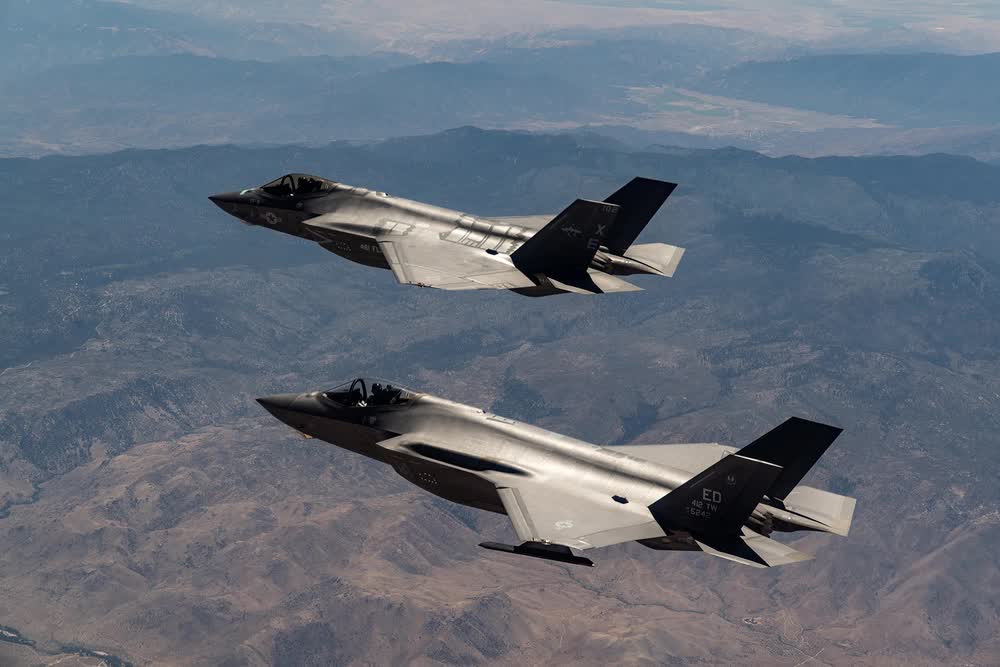
However, the version of the software he mentioned is not the complete TR-3 package that will become operational. Indeed, the JPO office has acknowledged that aircraft equipped with the complete TR-3 package won’t be available until the middle of 2025.
To make matters worse for the F-35 program, in a new proposed bill, Congress aims to cut the number of F-35 aircraft the Pentagon buys in Fiscal Year 2025 and halt the deliveries of a number of them. As such, under the new proposed bill, the U.S. military will receive just 48 new F-35 fighter jets of all three versions (A, B, C) for the Air Force, Navy, and Marine Corps. To contrast that number, the Pentagon has ordered a total of 2,420 aircraft (1,763 F-35As for the Air Force, 273 F-35Cs for the Navy, and 353 F-35Bs and 67 F-35Cs for the Marine Corps).
Making matters more complicated for the overall F-35 Joint Strike Fighter program is the fact that the newest version of the aircraft, the Block 4, needs the improved software and processing power of the TR-3 update to operate. As such, the ongoing delays with the TR-3 software aren’t just delaying deliveries of the aircraft right now but also pushing back the overall development of the whole program.
Although years in the making, the F-35 program only achieved full-rate production, or a demonstration of an acceptable level of performance and reliability, in March. The ongoing technology issues mean that actual full-rate production is still months away.
Related: F-35 pilot explains how an F-117 was shot down in 1999
The F-35 Lightning II
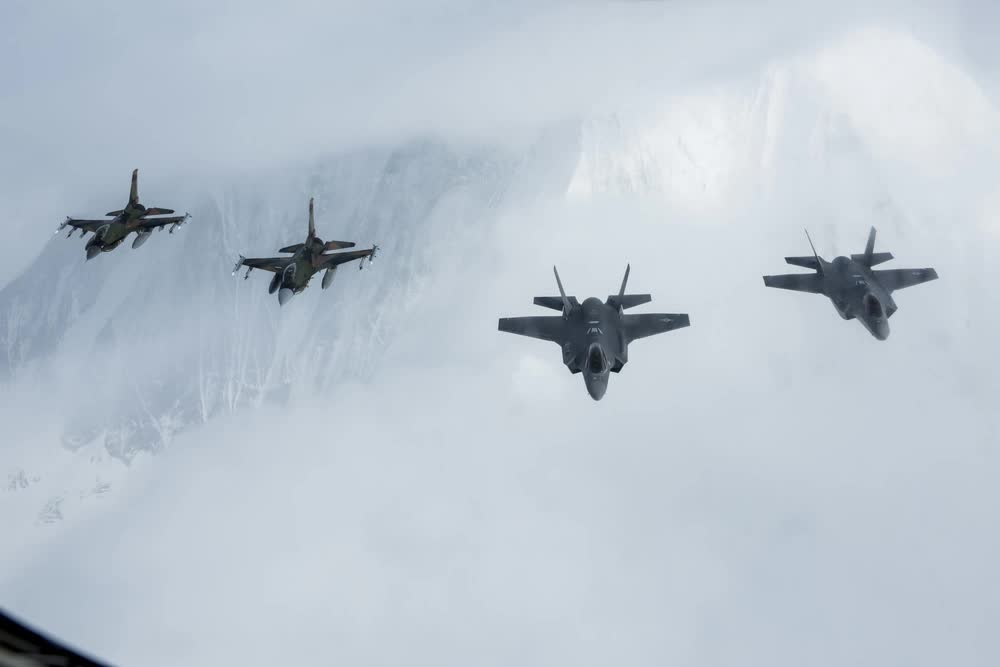
The F-35 Lightning II stealth fighter jet is a 5th-generation multirole aircraft that can excel at a number of mission sets, including Strategic Attack, Air Superiority, Close Air Support, Electronic Warfare, Intelligence, Surveillance, and Reconnaissance (ISR), Suppression of Enemy Air Defenses (SEAD), and Destruction Enemy Air Defense (DEAD).
There are three versions of the aircraft designed for different purposes. The F-35A is the conventional take-off and landing version designed to operate from regular runways; this is the version the Air Force is operating. The F-35 is the Short Take-off, Vertical Landing (STOVL) iteration designed to take off and land like a helicopter; the Marine Corps is operating this iteration to support its expeditionary warfare missions. Finally, the F-35C is the carrier version of the aircraft and is designed to take off and land in aircraft carriers. The U.S. Navy is the main operator of this version.
Read more from Sandboxx News
- Why the Army is so good at building floating piers like the one off Gaza
- These are the 5 best service rifles the US military has ever had
- 3 pieces of special operations gear that give troops ‘super powers’
- This 60-year-old plane is moving the Marine Corps’ warfighting strategy into the future
- This is why a SEAL Team 6 member uses the odd Taurus Judge revolver
Related Posts
Sandboxx News Merch
-
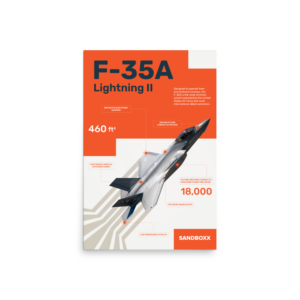
F-35 ‘Lightning’ Poster
$22.00 – $28.00 Select options This product has multiple variants. The options may be chosen on the product page -

F-35 ‘Evolution’ Poster
$22.00 – $28.00 Select options This product has multiple variants. The options may be chosen on the product page -

F-35 ‘Evolution’ Framed Poster
$45.00 – $111.00 Select options This product has multiple variants. The options may be chosen on the product page
Stavros Atlamazoglou
Greek Army veteran (National service with 575th Marines Battalion and Army HQ). Johns Hopkins University. You will usually find him on the top of a mountain admiring the view and wondering how he got there.
Related to: Military Affairs

The B-2 Spirit is aging but still packs a bunch
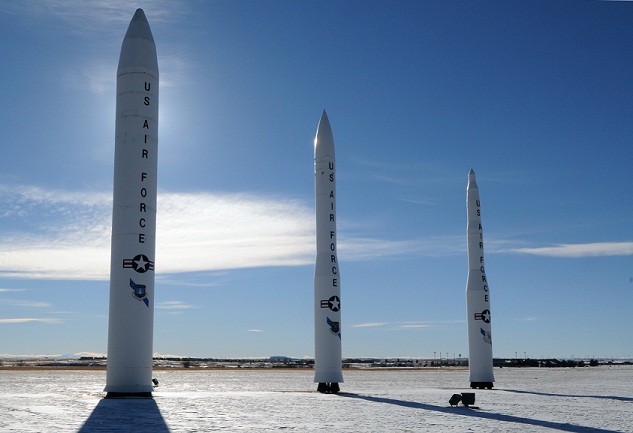
How large are the nuclear arsenals of Russia and China compared to those of the US and its allies?

50,000 Russian and North Korean troops prepare to attack Ukrainian forces in Kursk
Sandboxx News
-

‘Sandboxx News’ Trucker Cap
$27.00 Select options This product has multiple variants. The options may be chosen on the product page -

‘AirPower’ Classic Hoodie
$46.00 – $48.00 Select options This product has multiple variants. The options may be chosen on the product page -

‘AirPower’ Golf Rope Hat
$31.00 Select options This product has multiple variants. The options may be chosen on the product page -

‘Sandboxx News’ Dad Hat
$27.00 Select options This product has multiple variants. The options may be chosen on the product page
